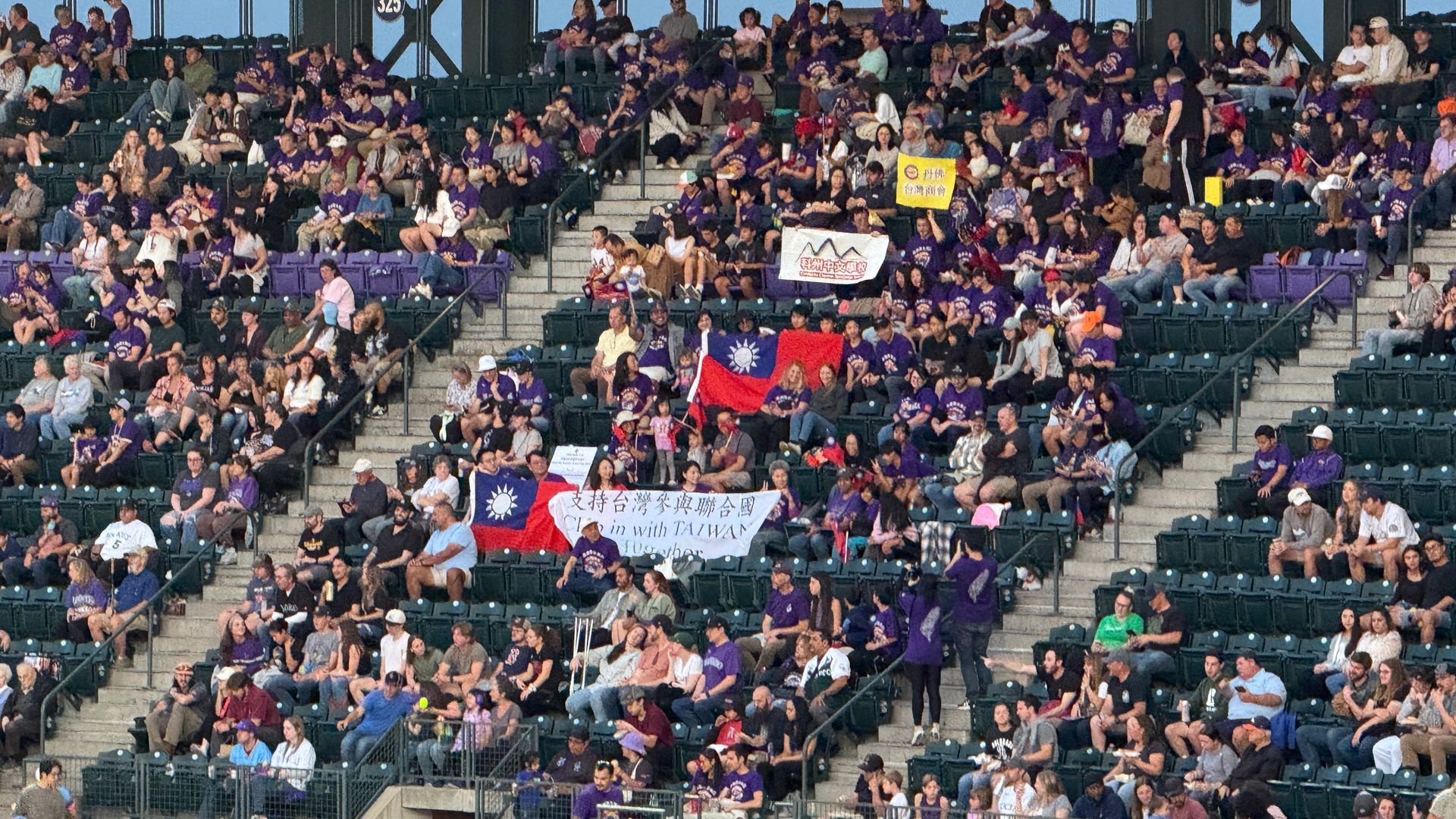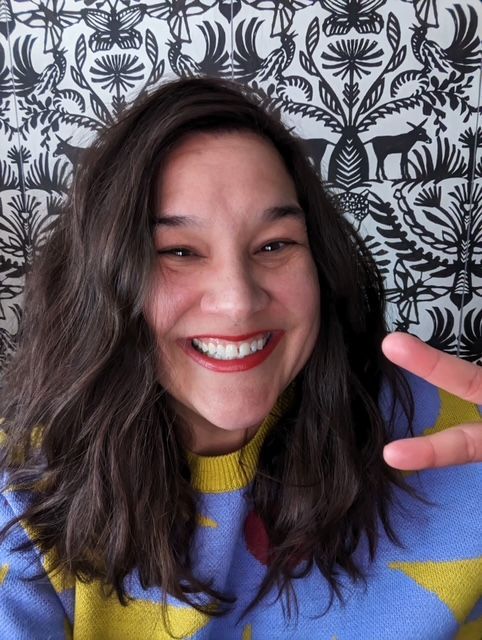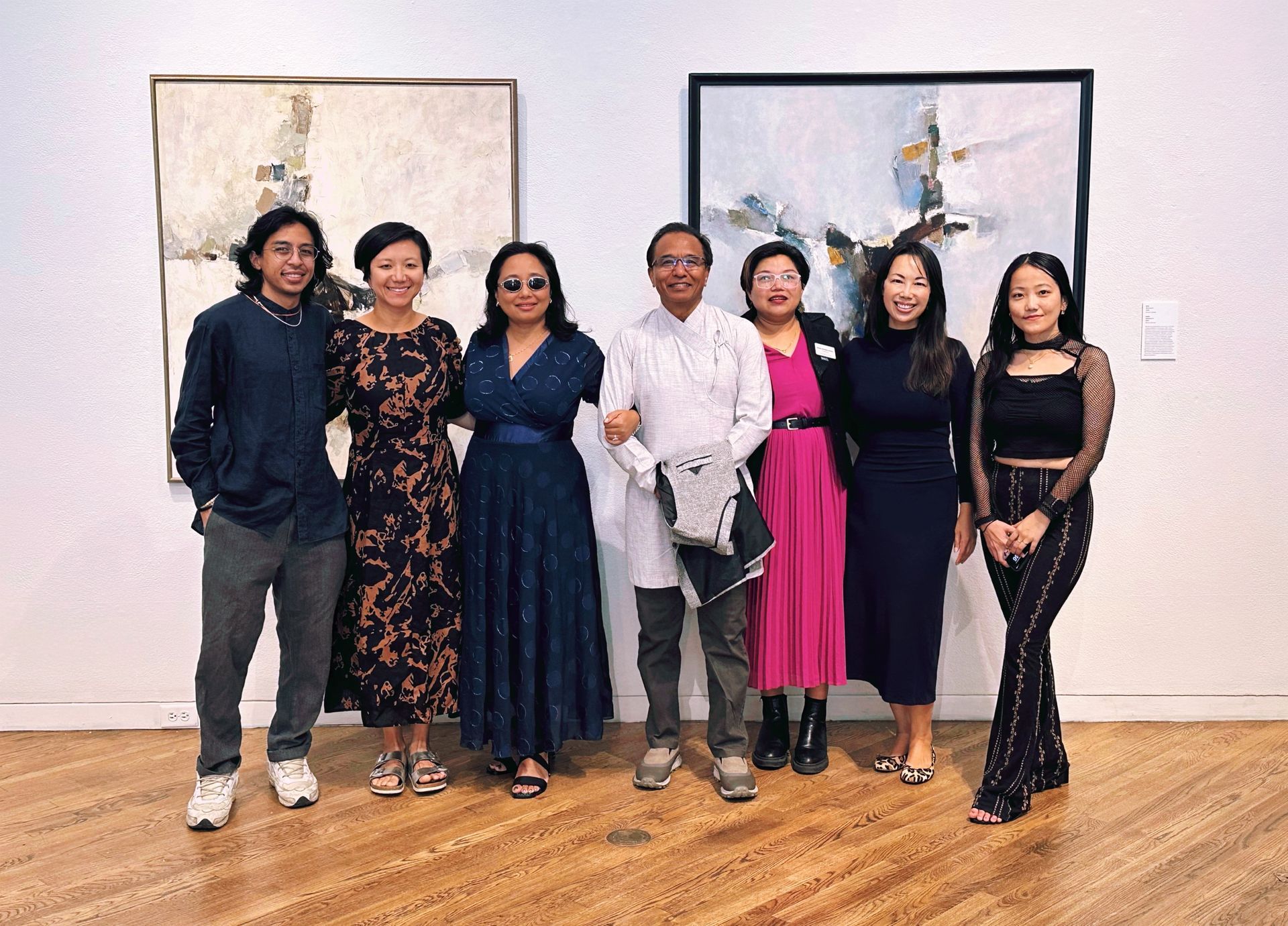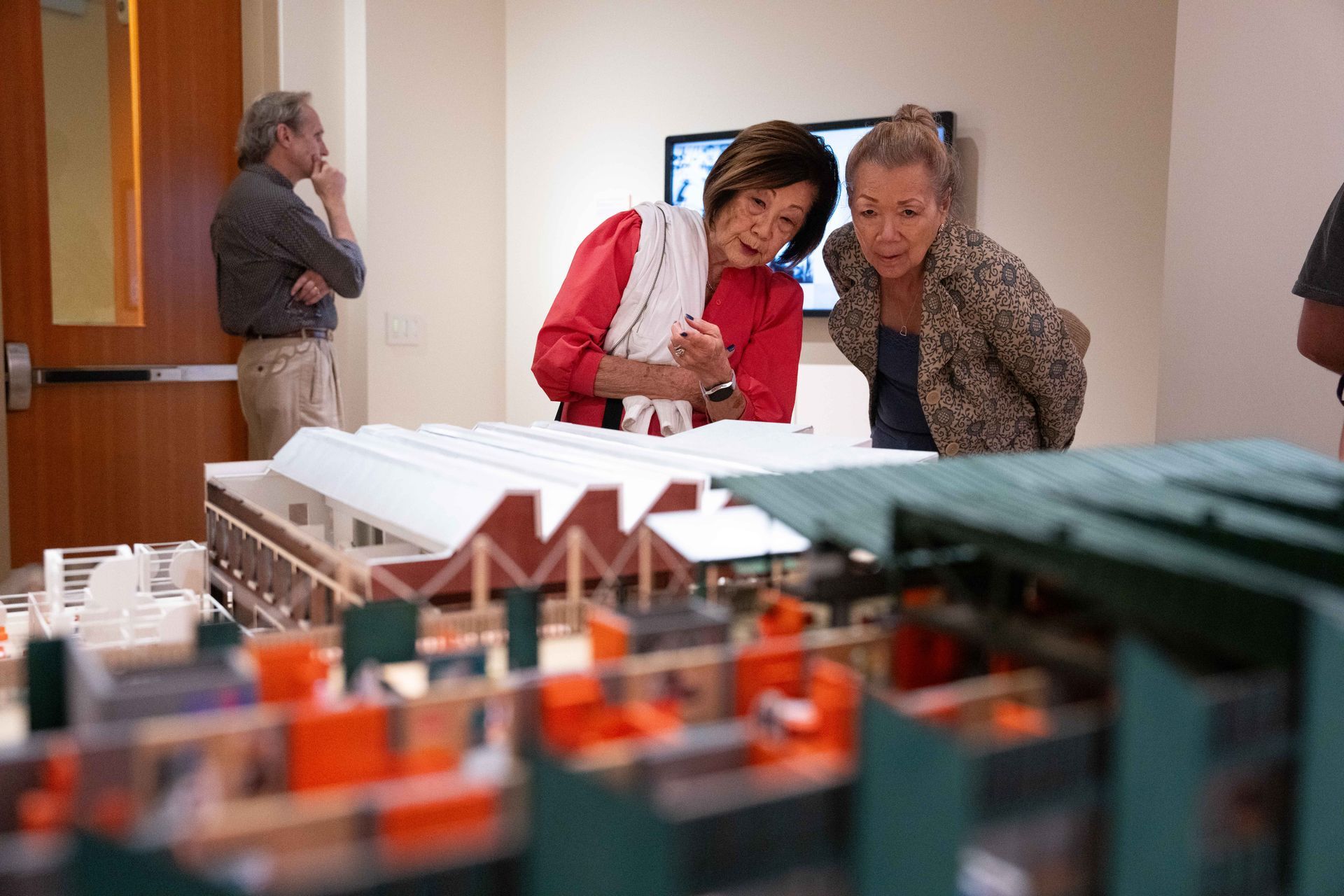
When cousins Linda Lung and Heather Lung Clifton first reached out to the Mayor’s Office of Civil Rights and Community Partnerships, they had a simple question: Why was there no mention of Denver’s historic Chinatown on the I Am Denver website?
That question sparked a powerful journey of rediscovery, storytelling, and advocacy—culminating in a landmark exhibit at History Colorado. Through their work with Colorado Asian Pacific United (CAPU), the I Am Denver documentary team, and History Colorado Center, the Lungs have played a central role in uncovering and preserving the rich yet often-overlooked legacy of Denver’s early Chinese American community.
A Forgotten History, Reclaimed
In their initial outreach, the Lungs connected with I Am Denver producer Roxana Soto, who—like many Denver residents—had never heard of Denver’s Chinatown. Working with Soto, Rowena Alegría, and Emily Maxwell, Linda and Heather helped shape a documentary project that centered the stories of Chinese families like their own.
At the same time, both of them joined CAPU’s storytelling committee. The stars aligned, as Linda describes it, and together with I Am Denver and CAPU, the group completed a documentary chronicling Denver’s lost Chinatown—featuring the Lungs, the Chins, and other Chinese American families.
The film was widely screened and well received, offering a rare glimpse into a chapter of Denver’s history long erased from the city’s official narrative.
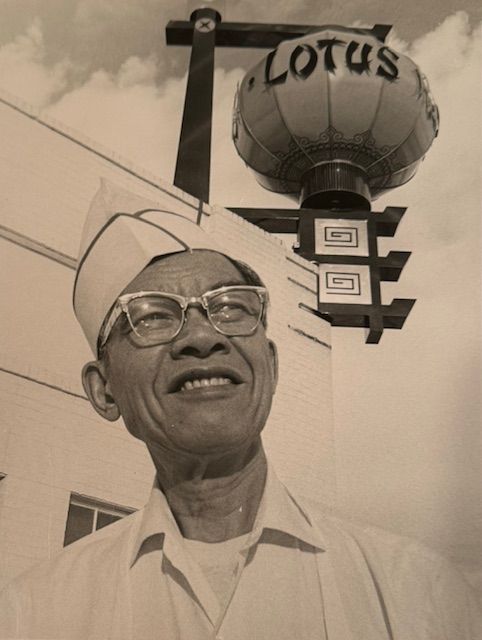
From Documentary to Exhibit
The success of the documentary led directly to a collaboration between History Colorado, CAPU, and CU Denver’s School of Architecture to develop Where is Denver’s Chinatown?, an immersive museum exhibit. The Lungs were invited to serve on the planning committee.
“There was so much interest and enthusiasm at History Colorado,” Linda shared. “They welcomed our ideas and provided strong leadership in designing a meaningful, memorable experience.”
Their contributions included family artifacts, stories, storyboard content, and photographs. Linda worked closely with members of the Chin family to ensure their history was honored. She gathered menus, matchbooks and photos of Esther and Frank Fong from the iconic Lotus Room Restaurant and even Chin Lin Sou’s original chair from the Central City Opera House.
Linda also reached out to Hop Sing Tong leaders Rebecca Ly, Harry Jong, and Kevin Leung to ensure that the story of the Hop Sing Tong was presented alongside the Lung family’s Bing Kong Tong legacy—adding depth and complexity to the exhibit’s portrayal of Chinese community life in early Denver.
Bing Kong Tong meeting in 1929 (displayed at History Colorado Center) Photo provided by the Lungs.
“This work isn’t just about the past. It’s about
protecting the future of our community’s stories.”
A Living Legacy
“We are extremely proud and humbled,” said the Lungs, reflecting on how their family’s story now lives on through the exhibit, documentary, and other community initiatives.
Through CAPU’s continued advocacy, the Lung family’s legacy is also featured at Denver International Airport, in photographs at MAKfam restaurant, and through a growing number of public art and kiosk installations. These include two murals—one at the firehouse on 19th and Lawrence and another at CU Denver—and a series of artistically painted traffic bollards highlighting important dates in Chinatown’s history. Painted by Jasmine Chu, a CAPU volunteer, and designed with students from Asian Girls Ignite, the bollards adorn the symbolic alley once known as Hop Alley, where the Lungs’ great-grandmother once ran her shop.
The Lungs still hold out hope for an AANHPI community center and museum, modeled after Denver’s Blair-Caldwell African American Research Library—a space to honor and study Chinese American history for generations to come.
Uncovering Untold Stories
Still, much remains unknown. A 1929 photo of a Bing Kong Tong meeting, now displayed at History Colorado Center, features only a few identifiable faces. It has appeared in news stories and the documentary, but the rest of the men remain unnamed.
“We believe that by sharing these images more widely, we can uncover more stories—more names and more connections that have been forgotten,” Linda said.
Their journey has also helped them understand their family’s experience in the broader context of exclusion and discrimination. They learned how, before the Supreme Court overturned housing restrictions in 1943, Chinese families were barred from owning property in many neighborhoods. That ruling reshaped where their parents were allowed to live—and by extension, where the Lungs grew up.
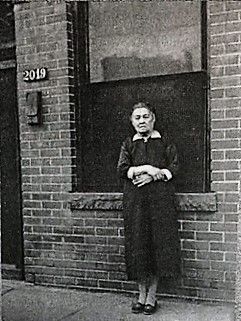
Community Response and Hopes for the Future
The exhibit has been warmly received. The Lungs have led personal tours for family, friends, and special events, and audiences consistently express not only appreciation for the history but curiosity about what’s next. Many visitors have asked: Could this become a permanent exhibit?
History Colorado Center has plans to host additional events that will engage more members of the AAPI community. However, as with any downtown location, accessibility remains a challenge—especially when it comes to parking.
Why This History Matters
Ultimately, the Lungs hope the exhibit educates and inspires. “The more people understand about ethnic communities, the harder it is for whole groups to be labeled, misunderstood, or hated.”
The resurgence of anti-Asian hate during the COVID-19 pandemic reminded them of what their ancestors endured more than a century ago. The racism and violence aren’t just echoes of the past—they are part of an ongoing story. “After the COVID pandemic, it was heartbreaking to see hate rise again—just like it did generations ago.”
They urge visitors to take action—to learn, remember, and help preserve what remains of Denver’s Chinese heritage. Two original Chinatown buildings, located at 2015 and 2019 Market Street, are still standing. But their future is uncertain; 2015 Market was the headquarters for the Bing Kong Tong and 2019 Market was a store that was owned and operated by Ahmoy Lung, their great-grandmother.
“The owners of the View House Restaurant could one day sell those buildings to make way for new high-rises,” they warned. “We’ve sounded the alarm. These buildings need to be preserved as historic Chinese American landmarks.”
In honoring the past, the Lungs are shaping the future—a future in which Denver’s Chinatown, once erased, is remembered, protected, and celebrated.
“If we don’t learn from the past, communities like Denver’s Chinatown could disappear all over again.”

Discover More Features
